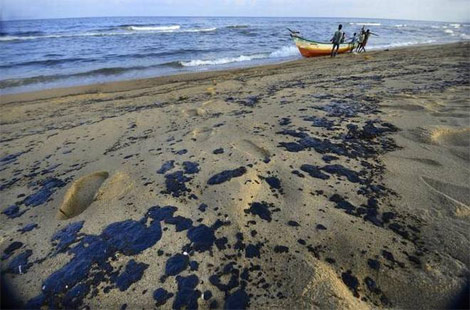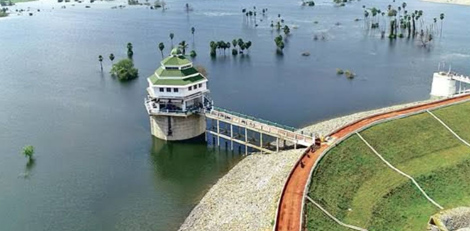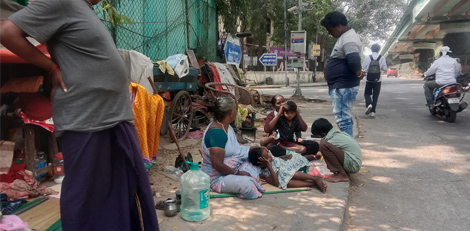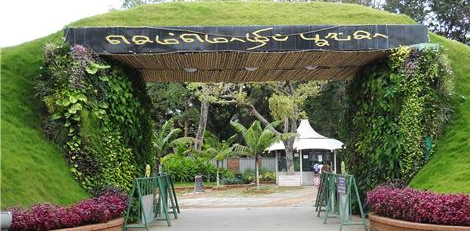Chennai based NCSCM develops this method to eat away the oil spill
Posted on: 02/Jan/2019 10:35:17 AM

What men and machines cannot do, microbes could do now. Recently there has been oil spills off Chennai shores and this is has been creating issues. Men and machines were used to remove the remnants of the oil spills off Chennai shores but were not successful is known. The information gathered now is a Chennai based lab has found a solution to this issue now. It is worth noting that the Chennai based NCSCM or National Centre for Sustainable Coastal Management is a research institute whose main objective is to manage our Indian coast in a sustainable way. This Chennai laboratory has developed a consortium of microbes and these microbes could disintegrate pollutants. By this there would not be any long term impact of remnant oil in the waters. It is well known that in the last 2 years of time the Chennai coast had 2 oil spills. In the month of January in the year 2017 two ships collided with each other at Ennore port and this resulted in the spillage of 196 tonnes of furnace oil. The important point is this furnace oil spillage spread across a distance of 24 km to the south and 14 km to the north. It must not be forgotten that on 18th November 2018 a ship spilled 2 tonnes of oil when a flexible hose broke.
Director of NCSCM, Mr. R. Ramesh shared his thoughts and spoke about how physically large part of this spilled oil was removed and how a significant portion of remnant oil got settled in the ocean and tar balls got washed ashore. Mr. R.S. Robin, team leader expressed his thoughts about the oil spill and said the oil spill triggered a sudden change in the structure of marine ecosystem. He then added that the oil spill caused damage to the organisms such as oysters, fishes, mussels, turtles etc.
There are many microbes present in the nature and these microbes have got the ability to combat the oil pollution. The important piece of information is identification of these largely exclusive communities and utilising them in affected areas was not easy. The state environment department played its part here and NCSCM associated with state environment department to study the role of microbes in utilising toxic petroleum products. A difference in the distribution of fungal and bacterial communities in beach sediment and water after the oil spill has been found by them.
It is worthy to mention here that an analysis of residential microbes present in the area was carried out and it showed about the significant increase in oil degrading enzymes at the site. Samples were collected by the team members and colony of microbes was developed to be let back into the affected area.
According to a researcher named C. Saravanakumar it is clear that the bloom composition of the oil spill was unique and a key role was played by Acinetobacter sp. These are found in Indian waters is known fact. He finally hinted that the presence of microbes created possibilities of developing technologies for site specific oil spills.







